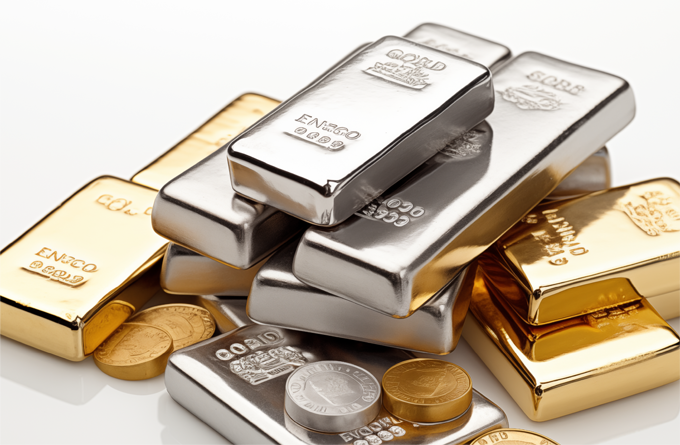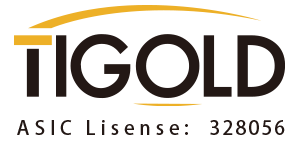What is precious metal trading?
Precious metals trading refers to financial transactions involving high-value rare metals, primarily gold, silver, platinum and palladium. These commodities serve as crucial investment instruments in global financial markets due to their inherent scarcity and monetary characteristics. Widely traded through derivatives including futures, options and ETFs, they constitute essential components of international investment portfolios.

Trading Advantages
Flexible leverage
Competitive spreads
24-hour trading
STP trading model
Gold is one of the earliest metals discovered and used by humans. Due to its rarity, specialness and preciousness, it has been called the "king of metals" since ancient times and has become a symbol of wealth and power. Humans have a long history of using gold, covering all areas of social life. Gold has both commodity attributes, monetary attributes and financial attributes. In times of economic turmoil, gold is an important hedge tool. In the long run, gold can resist inflation and achieve value preservation and appreciation. The current world situation is unstable, the risk of war is increasing, the economic growth rate is slowing down, and inflation is high in some countries. The demand for physical gold and investment has increased significantly, and the gold investment market will be more active in the future. In terms of investment methods, investors can make value investments through financial products and derivatives such as gold spot, gold futures, and gold ETFs, and obtain greater price volatility returns with a lower investment threshold.
Silver, as an important precious metal, plays a key role in the long history of mankind. About 2/3 of the world's silver resources are associated with non-ferrous metal deposits such as copper and lead, mainly distributed in Poland, China, the United States and other countries. In terms of usage, it is widely used in industries such as industry, photography, and jewelry, among which industrial demand accounts for 56%. In recent years, silver investment has gradually become popular. On the one hand, the investment threshold of silver is significantly lower than that of gold, which has attracted many small and medium-sized investors. On the other hand, the current world situation is unstable, its price fluctuates greatly, and there are more profit opportunities.
Platinum, a precious and rare metal, has unique value in the field of precious metal investment due to its charming white luster and excellent characteristics. In practical applications, platinum has a wide range of uses. In the automotive field, as a key material for automotive three-way catalytic converters, it can effectively reduce harmful gas emissions. As environmental protection standards become stricter, demand continues to grow; in the jewelry industry, it has become an ideal metal for inlaying gemstones with its never-fading characteristics, and is deeply favored by consumers; from an investment perspective, platinum investment has gradually attracted attention in recent years. On the one hand, its scarcity provides solid support for prices and has great value-added potential. On the other hand, the recent market volatility is relatively small, which is suitable for long-term and stable investors. Investors need to pay close attention to global economic trends, industry dynamics and policy changes, and at the same time, combine their own risk preferences to reasonably plan their investment portfolios.
As a member of the platinum group metals, palladium is emerging in the investment field. It has a silvery white appearance, low density, low melting point, stable chemical properties, and excellent corrosion resistance. In terms of industrial applications, palladium plays an extremely critical role. At the same time, palladium is also widely used in electronics, dentistry, jewelry and other fields due to its own characteristics. The price of palladium fluctuates violently, affected by a variety of factors such as supply and demand, geopolitics, and economic situation. Investors need to pay close attention to global economic dynamics, industry development trends, and policy changes, comprehensively consider their own risk tolerance, and formulate scientific and reasonable investment strategies to achieve steady growth of assets.y creating enhanced trading opportunities during market dislocations.

